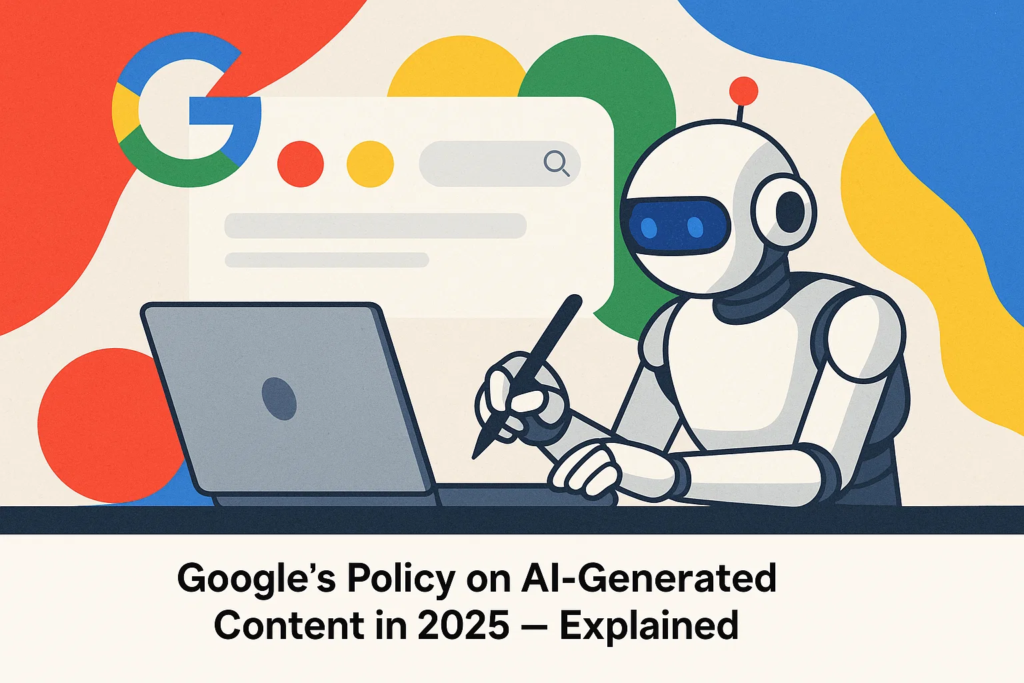
AI tools are everywhere in 2025. From blog posts to product descriptions and even news summaries, AI-generated text has become part of the internet’s daily rhythm. But with this rise comes a big question for creators, businesses, and SEO professionals: what does Google actually think about AI content?
The answer is often misunderstood. Google does not outright ban AI-generated content. Instead, their policy focuses on how AI is used — whether it adds real value or simply floods the web with low-effort spam. In this article, we’ll break down Google’s official policies, how they’re enforced in practice, and what you can do to safely use AI without risking penalties.
1. The Background: How Google Has Viewed Automated Content
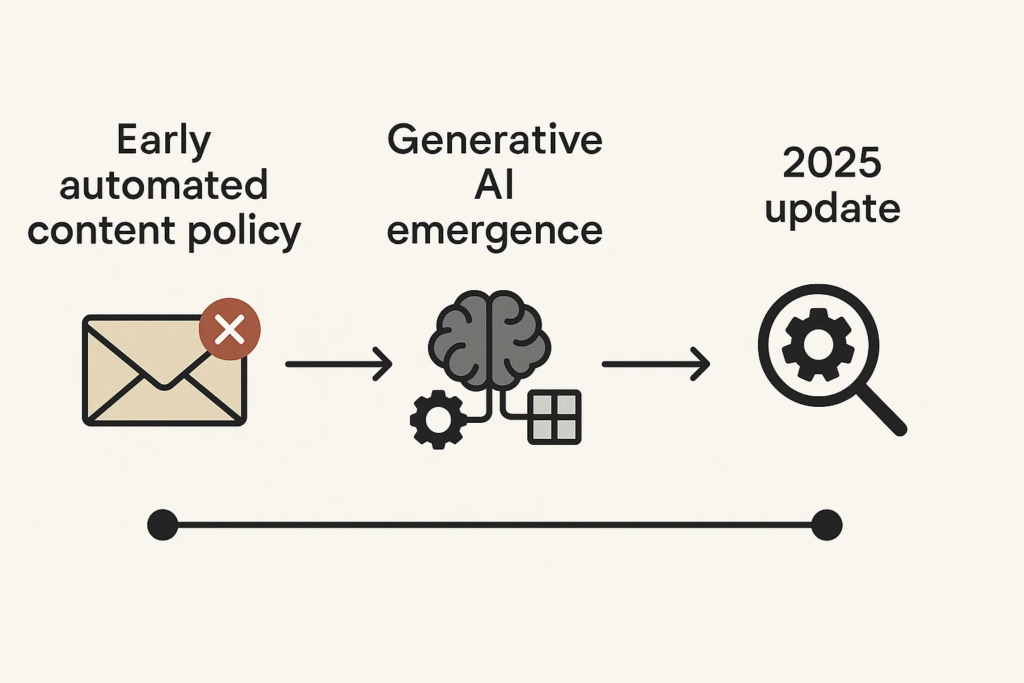
Google’s stance on automation in content isn’t new. For years, they’ve battled “auto-generated” spam: keyword-stuffed text, gibberish pages, and scripts that churn out thin content at scale.
When generative AI tools like GPT-4, Claude, Gemini, and others arrived, the line blurred. Suddenly, automated text could read like a human wrote it. That forced Google to evolve: instead of banning AI, the focus shifted toward quality and intent.
This shift is consistent with Google’s long-standing principle: people-first content wins.
2. Google’s Formal Guidance in 2025
Google has updated multiple policies and guidelines in 2025 to address AI content directly.
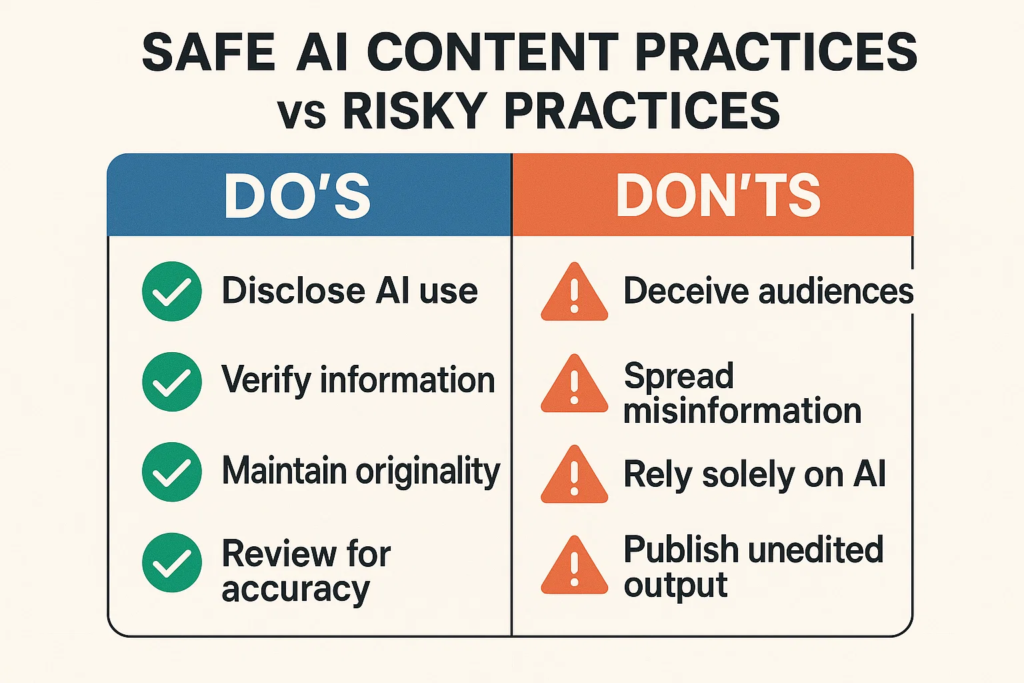
a) Search Central Guidance
- Google allows AI content as long as it meets their quality standards.
- Red flag: “Many pages created without adding value” may trigger spam policies.
- Accuracy, originality, and relevance are emphasized.
b) Spam Policy on “Scaled Content Abuse”
- Mass-producing pages with AI (or any automation) purely for rankings is a violation.
- This includes doorway pages, filler posts, or spun content with no unique insights.
c) Quality Rater Guidelines (2025 Update)
- Raters are instructed to mark “Lowest Quality” if:
- Almost all content is generated, with little originality.
- Pages feel low-effort, repetitive, or lacking human input.
- While raters don’t directly control rankings, their evaluations train Google’s systems.
d) Public Statements from Google
- Gary Illyes (Google) has clarified: AI content is fine if reviewed and edited by humans.
- Google repeatedly stresses: AI is a tool, not a free pass to mass-publish.
3. How Google Actually Treats AI Content in Practice
In 2025, the reality is clear: Google doesn’t punish content simply for being AI-written. What matters is value and context.
- AI content is not automatically penalized — many sites use it successfully.
- Signals of risk include:
- Sudden spikes in publishing volume.
- Content with identical patterns, bland style, or no new insights.
- Poor engagement metrics (short time on page, high bounce).
- Enforcement tools:
- Algorithmic demotion (your rankings slide quietly).
- Manual actions for blatant scaled abuse.
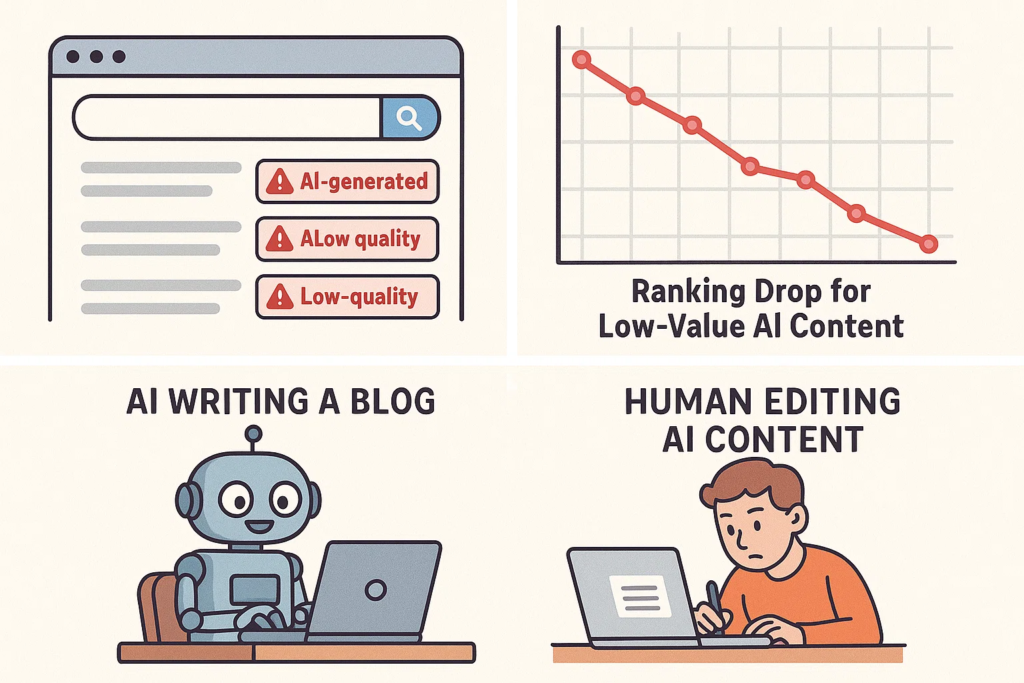
4. What “Violating Policy” Looks Like
Here are examples of AI use that can get you in trouble:
- Hundreds of unedited AI blog posts dumped in a week.
- Affiliate pages stuffed with generic AI text and no real reviews.
- Rewritten Wikipedia articles without fact-checking or unique commentary.
- AI text with keyword stuffing designed only to capture traffic.
- Pages with no citations, context, or added perspective.
In short: AI spam is still spam.
5. Best Practices for Safe AI Content in 2025
If you want to leverage AI without risk, follow these best practices:
| Practice | Why It Matters |
|---|---|
| Add human oversight | Edit, fact-check, and rewrite AI drafts. |
| Focus on usefulness | Content should solve a problem, not just exist. |
| Add original insight | Bring in your expertise, examples, or case studies. |
| Balance content pace | Don’t publish thousands of AI articles overnight. |
| Cite and source | AI often hallucinates; always link to real evidence. |
| Engagement signals | Optimize for dwell time and reader satisfaction. |
| Be transparent | Disclose AI assistance when relevant. |
| Avoid black-hat SEO | No cloaking, hidden text, or deceptive tactics. |
| Iterate and refresh | Keep AI content updated and accurate. |
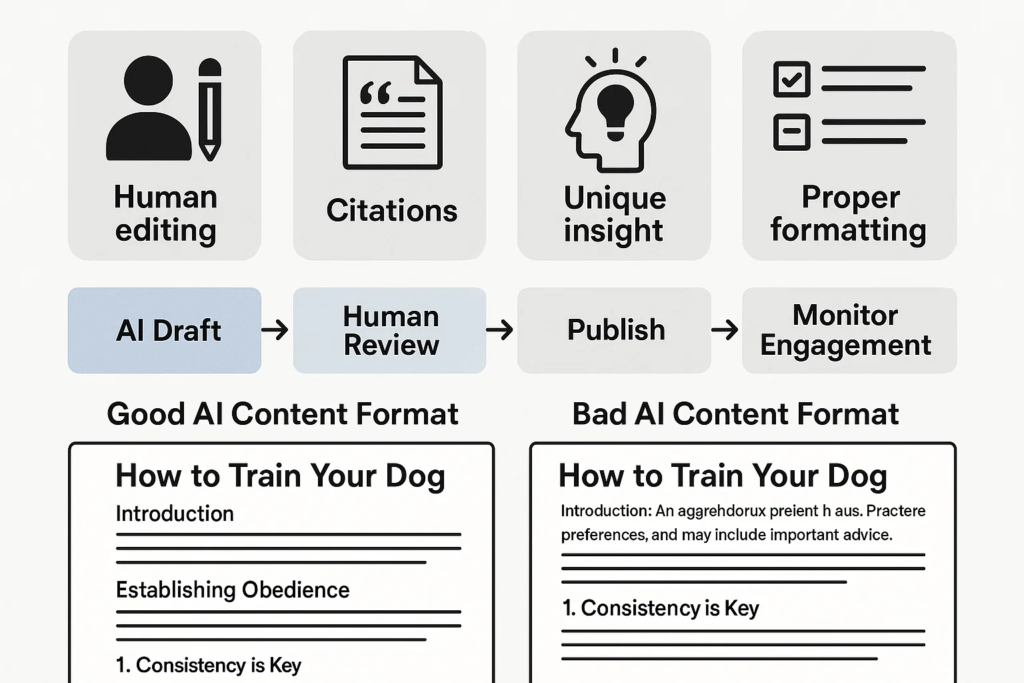
6. Recovering From a Penalty
If you’ve been hit with a ranking drop or manual action due to AI misuse:
- Audit your content — identify thin or spammy pages.
- Improve or remove low-value AI articles.
- Use noindex on weak content.
- Submit reconsideration if a manual action was applied.
- Rebuild trust with high-quality, mixed (AI + human) content.
- Watch Search Console for further alerts.
7. Looking Ahead: Future Trends Beyond 2025
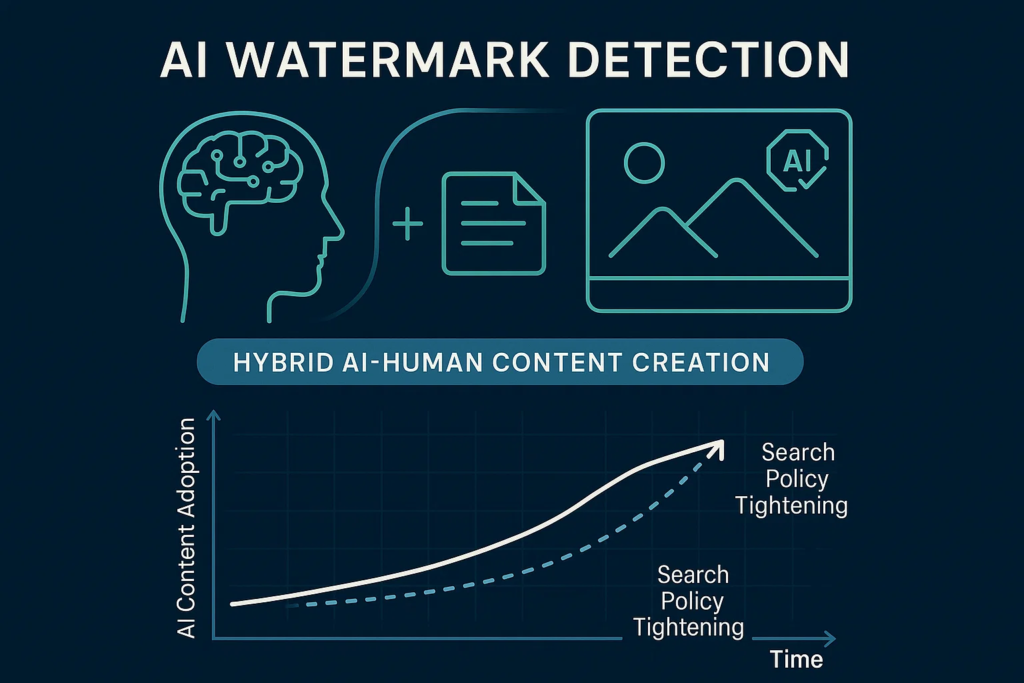
- AI Watermarking: Google is testing SynthID to detect AI text and images.
- Policy refinements: Expect tighter rules on scaled automation.
- E-E-A-T (Experience, Expertise, Authoritativeness, Trustworthiness): More emphasis on human authorship and credibility.
- Hybrid content strategies: The best sites will use AI as a drafting assistant, not a replacement.
- Regulatory scrutiny: Governments may soon impose rules on disclosure and copyright for AI-generated work.
Conclusion
Google’s stance in 2025 is nuanced: AI content isn’t banned — low-quality, mass-produced AI spam is.
If you use AI responsibly, combine it with human oversight, and focus on delivering real value, Google won’t punish you. In fact, AI can be a powerful ally for scaling quality content, brainstorming ideas, and improving productivity.
The takeaway? Use AI as a tool, not a crutch. Quality, originality, and trust remain the ultimate ranking signals — in 2025 and beyond.







